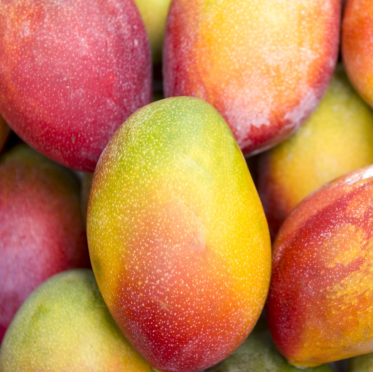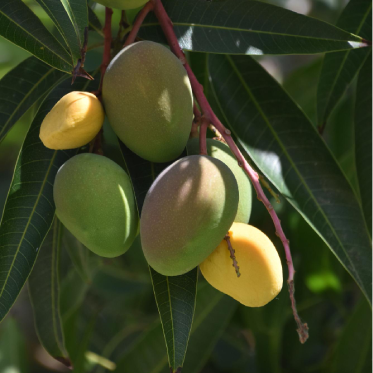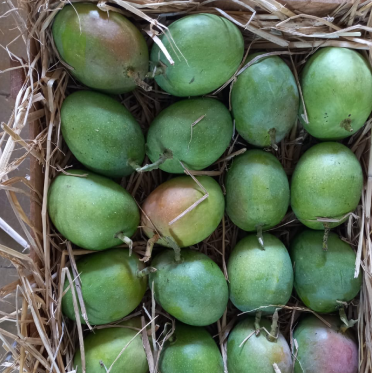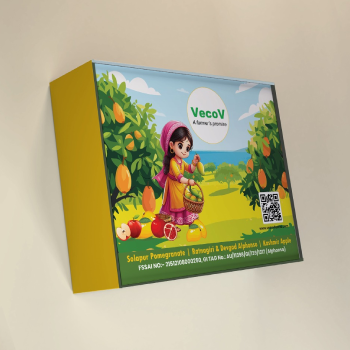Ratnagiri Alphonso mangoes from India and Malawi or South African mangoes differ significantly due to their origin, taste, appearance, and cultivation practices. Here’s a detailed comparison:
- Geographical Origin
- Ratnagiri Alphonso Mango:
- Grown in the Konkan region of Maharashtra, India, particularly in Ratnagiri, Devgad, and nearby coastal areas.
- These mangoes have GI (Geographical Indication) certification, which ensures their authenticity and quality.
- Malawi/South African Mango:
- Grown in Malawi and South Africa, where mangoes are cultivated in warmer climates.
- These regions produce different varieties of mangoes, often suited to local or export markets, but they are not the Alphonso variety.
- Taste and Flavor
- Ratnagiri Alphonso:
- Renowned for its rich, sweet flavor with a slight tanginess.
- The pulp is smooth, creamy, and non-fibrous, offering a melt-in-the-mouth experience.
- It has a distinct, fruity aroma that adds to its appeal.
- Malawi/South African Mango:
- Varieties like Kent, Tommy Atkins, or Haden are more common in these regions.
- Typically sweeter but may lack the tangy undertones of Alphonso.
- The texture can be fibrous, especially in commercial varieties.
- Appearance
- Ratnagiri Alphonso:
- Bright golden-yellow color with a reddish blush near the stem.
- Oval or oblong shape with thin, smooth skin.
- Uniform size and shape due to selective cultivation.
- Malawi/South African Mango:
- Varies by variety but generally larger and more robust in appearance.
- The skin color ranges from green to red or yellow, depending on the type.
- Thicker skin compared to Alphonso mangoes.
- Cultivation and Climate
- Ratnagiri Alphonso:
- Grown in tropical, coastal conditions with specific soil and humidity levels, giving it a unique flavor profile.
- The traditional farming methods in Ratnagiri contribute to its exceptional quality.
- Malawi/South African Mango:
- Cultivated in diverse climates, from tropical to subtropical.
- Often grown for commercial purposes with focus on yield and export durability.
- Shelf Life
- Ratnagiri Alphonso:
- Shorter shelf life as it is naturally ripened and thin-skinned.
- Requires careful handling to avoid damage during transport.
- Malawi/South African Mango:
- Longer shelf life due to thicker skin and commercial ripening techniques.
- Designed for export markets where durability is critical.
- Pricing
- Ratnagiri Alphonso:
- Considered a premium variety due to its limited availability, exceptional flavor, and GI certification.
- Typically more expensive in global markets.
- Malawi/South African Mango:
- More affordable, as it is mass-produced and has a broader supply chain.
- Often sold in supermarkets worldwide at competitive prices.
- Uses
- Ratnagiri Alphonso:
- Consumed fresh or used in premium desserts, juices, and mango-based delicacies.
- Often regarded as a luxury fruit due to its flavor.
- Malawi/South African Mango:
- Commonly used for fresh consumption, smoothies, and commercial products like canned mangoes or dried fruit.
Summary
The Ratnagiri Alphonso mango stands out for its unique flavor, creamy texture, and heritage, making it a global favorite for premium consumption. In contrast, Malawi and South African mangoes focus on export-friendly varieties that prioritize durability and yield, offering sweetness but lacking the complexity of Alphonso.












